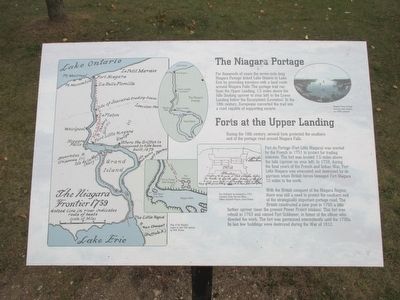As you approach the Memorial Campanile & Carillon, you are in the presence of a significant piece of history on the University of Kansas campus. This iconic structure was completed in 1951 and stands as a poignant memorial dedicated to the 276 university students and faculty members who lost their lives during World War II. The Campanile, with its towering presence, serves not only as a memorial but also as a symbol of remembrance and reflection for the university community and visitors alike.
The idea for the Campanile emerged shortly after the war ended, as the university sought to honor those who had made the ultimate sacrifice. The construction was funded by donations from the families of the fallen, alumni, and friends of the university, showcasing a collective effort to commemorate the past while looking towards the future.
One of the notable features of the Campanile is its 53-bell carillon, each bell inscribed with the name of a fallen hero. These bells were cast in the renowned Paccard Bell Foundry in Annecy, France, and installed with meticulous care, enabling them to ring out across the campus, marking significant occasions and daily routines.
Over the years, the Campanile has become a focal point for university events, including commencement ceremonies where graduates traditionally walk through the tower, symbolizing their transition from students to alumni. This tradition embeds the Campanile deeply into the university’s culture, making it a cherished element of campus life.
Visitors might be interested to know that the Campanile is not just a passive monument. The carillon is played regularly, filling the air with music that can be heard from various parts of the campus. It is also a place for contemplation and remembrance, offering a quiet spot to reflect on the sacrifices made by previous generations in pursuit of peace and freedom.
The Memorial Campanile & Carillon stands today not only as a historical monument but also as a living part of the university’s history, continuously engaging with new generations of students and visitors. Its enduring legacy is a reminder of the past and an inspiration for the future.


